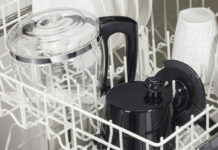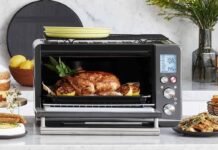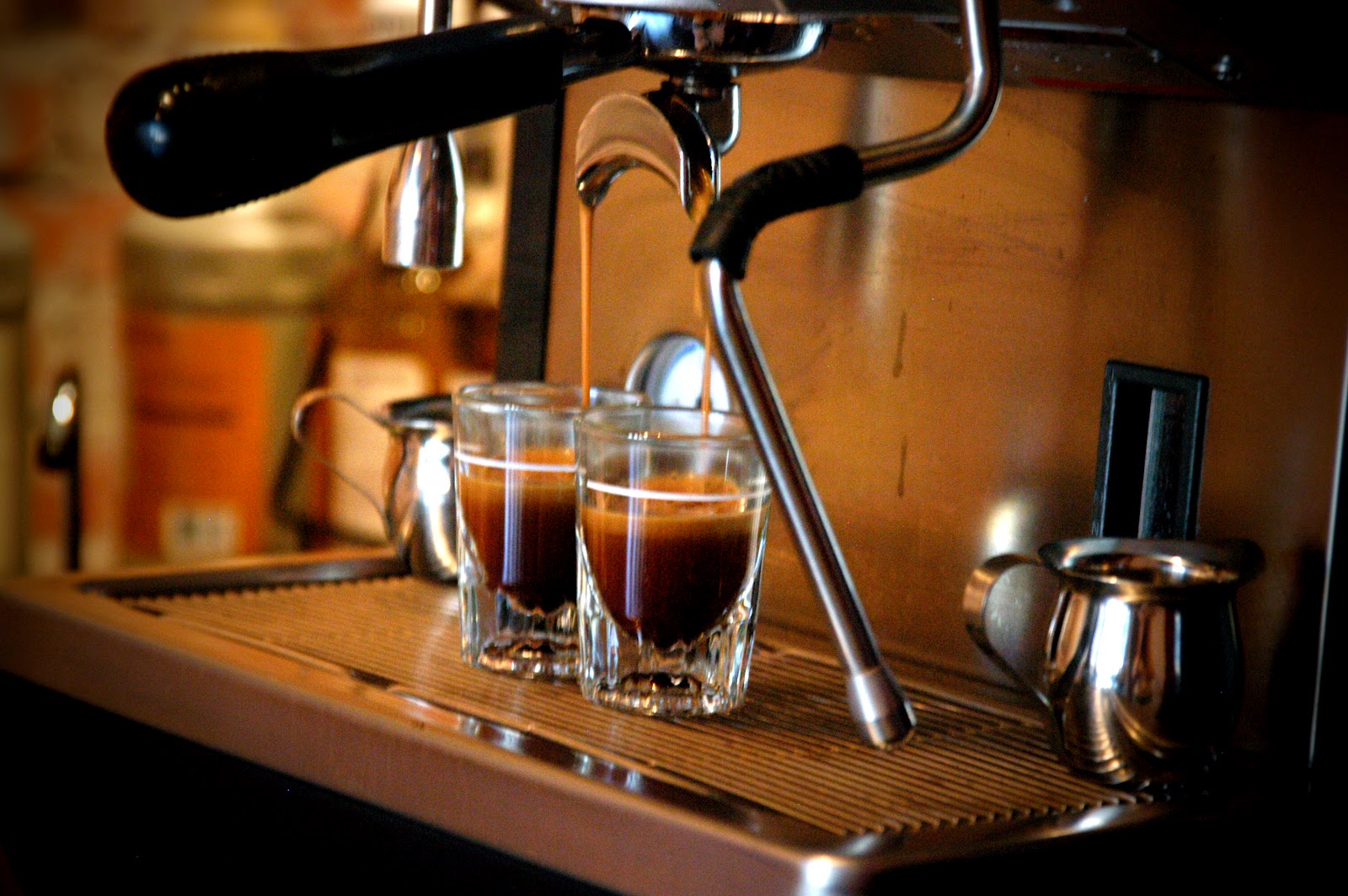
Espresso is an intense and complex beverage that pleases the palates of those who respect the art of coffee. Although it is misunderstood as being a type of coffee bean, it’s actually a method of brewing. Yes, you might be at a coffee shop to buy a bag of beans, and you’ll see one labelled “espresso.” But according to Gizmodo, this is “because its contents are pre-ground to a fine size that suits espresso brewing, or it is a blend that has been crafted to create a balance of flavours when brewed as espresso.”
 As you may have noticed when ordering your favourite espresso drink, the barista will compact a “puck” of grounds into the coffee filter handle.
As you may have noticed when ordering your favourite espresso drink, the barista will compact a “puck” of grounds into the coffee filter handle.
Making the espresso requires pushing hot water through the puck at a very high pressure. Then you’ll have the “shot.”
Compared to the lower pressure and longer time involved in brewing coffee, the high pressure required for espresso shortens the extraction, dissolving more of the coffee solids and emulsifying the oils. You’ll also notice a white layer on top of the brew, which is called the crema. It’s important to note that though a good shot of espresso will be strong and robust, it shouldn’t taste too bitter. (Source: Prima Coffee)
Your local coffee shop likely spent thousands on its espresso machine to make its drinks worthy of your money. However, if you’re looking to become a home barista, there are more affordable options.
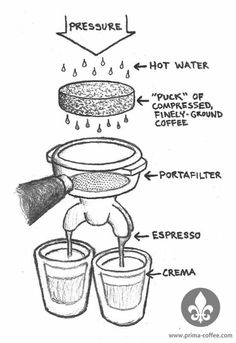 Let’s start off by looking at the anatomy of an espresso machine.
Let’s start off by looking at the anatomy of an espresso machine.
Here’s the breakdown: The portafilter is filled with finely ground coffee that is packed into a puck. When you press the button for a single or double shot, hot water from the reservoir is released at a high pressure and mixes with the grounds to create a flavourful drink.
Types of Espresso Machines
There are a few different types of espresso machines, ranging from being fairly hands on to being virtually foolproof.
Semi-Automatic Espresso Machines
With both automatic and manual pump and temperature settings, these machines give you a little bit of control along with the convenience of 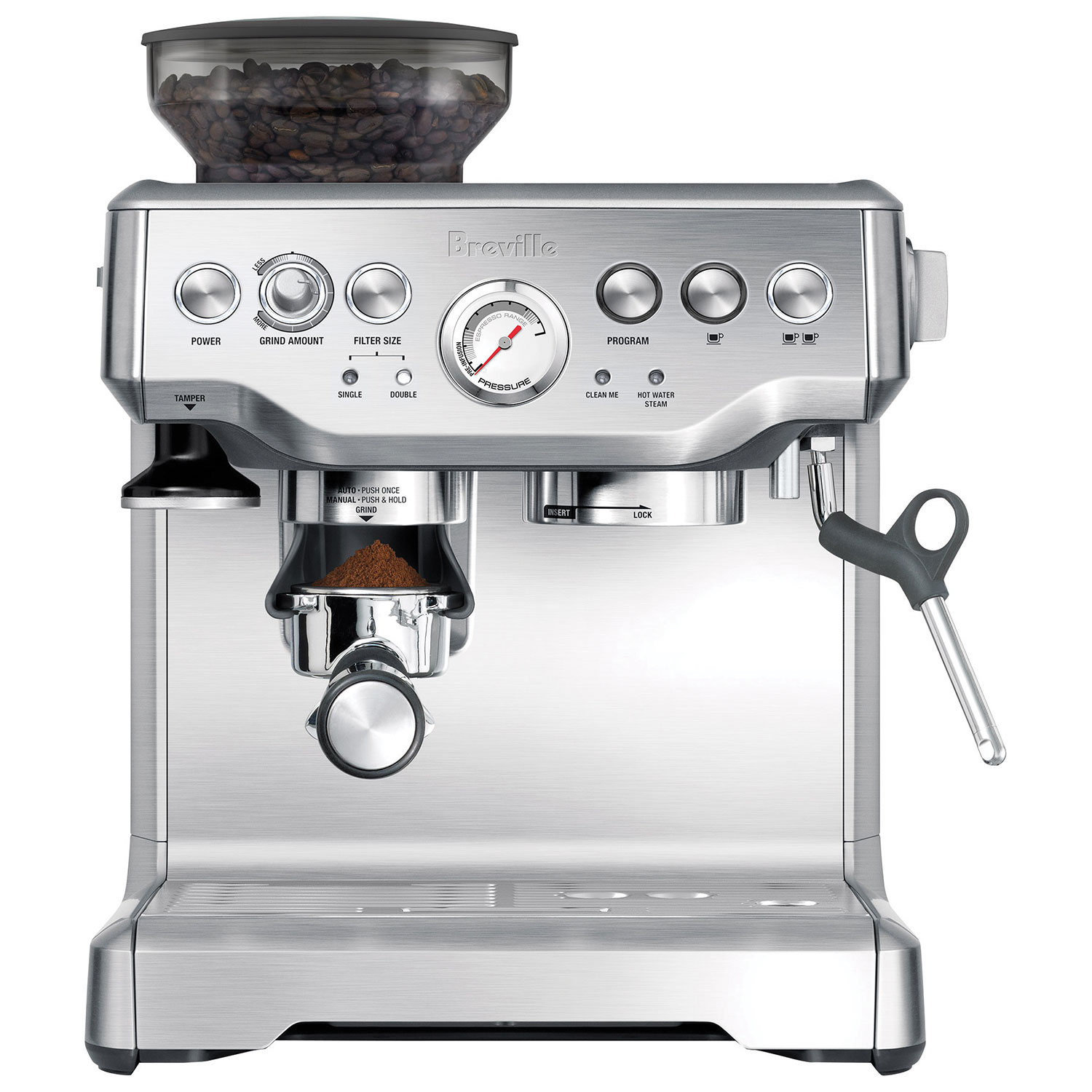 push-button functionality. Semi-automatic models are the most popular choice for consumers who want a “traditional” home espresso machine.
push-button functionality. Semi-automatic models are the most popular choice for consumers who want a “traditional” home espresso machine.
They feature a boiler, a portafilter, and a switch to activate/deactivate the pump to perform the extraction. It is this last feature that puts the “semi” in automatic, if you will. While the other features are automated, you have control over when the extraction begins and ends. There are also semi-automatic machines with programmable doses that allow you to tell the extraction to stop after a certain length of time.
If this is an option you are interested, check out the Breville Barista Express Pump Espresso machine. It’s both programmable and semi-automatic. But will deliver you an espresso in under a minute. It includes a built-in grinder with adjustment so that you can control the how find you want the beans to be grounded.
 Automatic Espresso Machines
Automatic Espresso Machines
This is perfect for lazy people like me. Or shall I say, I’m one who appreciates the art of the convenience, eh?
These machines are self-explanatory; they have automated controls and a pre-set water volume. Essentially, to help take out the guesswork for making espresso machines. Check out this one from Saeco Moltio Carafe Automatic Espresso Machine. It’s a sexy looking machine, which could also be used for any small business office.
Smaller Espresso Makers
 Steam Machines: This is when coffee is created through the steam (hence, why it’s called steam coffee). It’s cheaper than the pump espresso. However, the only issue with this is that you have to wait until the machine cools down before you can create the next shot of espresso. And there isn’t enough pressure from the steam to create the ‘crema.’ Check out this steam machine from Sunbeam.
Steam Machines: This is when coffee is created through the steam (hence, why it’s called steam coffee). It’s cheaper than the pump espresso. However, the only issue with this is that you have to wait until the machine cools down before you can create the next shot of espresso. And there isn’t enough pressure from the steam to create the ‘crema.’ Check out this steam machine from Sunbeam.
Pump Espresso Machines
This machine uses a vibrating pump that uses pressure to force water through the coffee ground. Side note: pressure is measured in bars, where one bar equals about 15 pounds of pressure. Therefore, a connoisseur has the control to adjust the taste to their desire. If you are interested in a pump espresso, check out this Breville Café Roma.
Key Things You Need To Know About Espresso Machines
GRIND
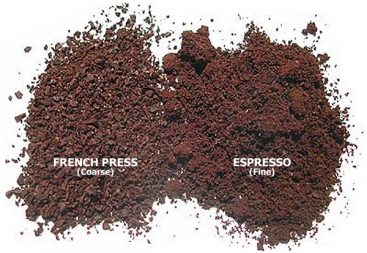 As mentioned above, grinding beans for espresso is much different than it is for regular coffee. It’s much finer, similar to the size of salt but a little smaller. So, it’s important that your espresso machine has a reliable grinder installed or purchase one separately, and it’s important that it’s freshly grounded. It’s the fine details that make a difference.
As mentioned above, grinding beans for espresso is much different than it is for regular coffee. It’s much finer, similar to the size of salt but a little smaller. So, it’s important that your espresso machine has a reliable grinder installed or purchase one separately, and it’s important that it’s freshly grounded. It’s the fine details that make a difference.
DOSE + YIELD
Dose means the ratio between coffee and water. This is an important concept for brewing coffee. But for espresso, they refer to yield, where it looks at how much coffee goes in and how much goes out. If you want to make a double shot espresso, then it’s recommended to have 18-20 grams of freshly ground coffee into the portafilter. For that amount of coffee, it’ll yield about 2 ounces shot of espresso.
 TAMP
TAMP
When you pour the grind into the portafilter, you’ll need a tamper to compress the coffee together. Most machines will include one. But if not, make sure you get one with the size that fits your machine. The prices can vary from $15 to $99.99, so it really depends on how you value this process. Above is some keywords when making an espresso.
Accessories for your Espresso Machine
Depending on which from the pump or steam espresso machines you purchase, you may need a few accessories to add in order to create the perfect drink.
 Grinder
Grinder
I’ve stressed the importance of the grind is key to delivering the perfect shot of espresso. So it isn’t ideal to go cheap on this one. Check out this one from Breville. As mentioned, it’s best when the beans are freshly ground.
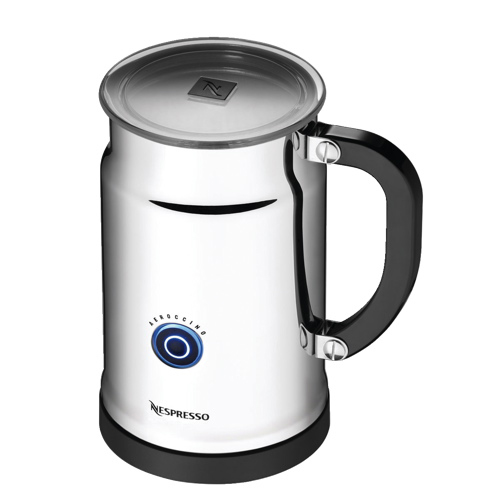
Milk Frother
This is only if you want to make a latte or cappuccino. If you choose a machine that doesn’t come with a steam wand, you’ll need a frother, for sure! Personally, I think these are so much easier to deal with than the steam wand.
Enjoy your espresso! Let us know which machine you like the best or if you have any tips you’d like to share.

